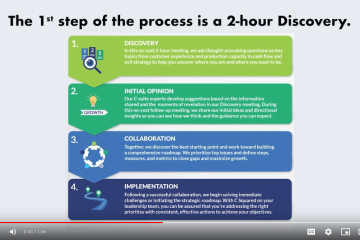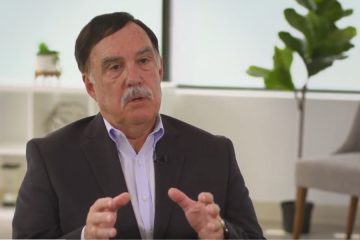 When it comes to sourcing new financing, company size matters for available alternative sources. If your annual revenue is under $2MM, it’s friends and family for equity and small lenders for debt. For those with EBITDA (aka cash flow) above $3MM, the options become much more available.
When it comes to sourcing new financing, company size matters for available alternative sources. If your annual revenue is under $2MM, it’s friends and family for equity and small lenders for debt. For those with EBITDA (aka cash flow) above $3MM, the options become much more available.
It’s true that there is a lot of money available, but it is smart money that has a risk model which you must accommodate. There are smaller lenders, both bank and non-bank lenders, that may well like your story and want to talk with you. The cost of this financing will be higher than that for big companies so what you read in The Wall Street Journal will likely not apply to your situation.
So which type of financing will work best for you? That depends on what you will use the money for and how long you need it. Here is a simple way to think about it:
| Use of Money | Best Financing | Payback Period | Best Source |
| Buy equipment | Term loan, equipment lease | 3 to 5 years | Equipment lessor, bank |
| Carry more customers | Revolving bank line | Monthly | Bank |
| Factoring (selling AR) | Monthly | Asset based lender | |
| Growth working cash | SBA backed term loan | 3 to 7 years | Bank |
| Equity investment | 5-10 years | Equity fund investor | |
| Equity investment | 5-10 years | Strategic investor |
How you wish to exit the financing arrangement will determine which of these options make the most strategic sense. A bank term loan will likely give you the most flexibility, depending on loan covenants. An equity investor will need an eventual exit and suitable return on their investment, so likely this will be the most complex arrangement.
The best tool for determining which financing option might work best is a financial model where you can “what if” the impact of the new cash in your business. By looking at different scenarios of what the cash will do for supporting your business growth, you can determine: how much cash do we need, what can we afford for a payback period, will the growth plan be profitable after the increased financial cost, and how much risk are we taking with new debt? By the way, any savvy lender or investor will be asking these same questions.
Once you have looked at your possible scenarios, then you are ready to look for funding sources. For most middle market businesses, the new tax regulations will not restrict the type of financing that is best for you. You will likely be below the thresholds that limit tax deductions so focus on what you feel are your best sources. If you have a current banking relationship, start there. Your current banker will have ideas on what they can do and/or be able to refer you to other sources.


